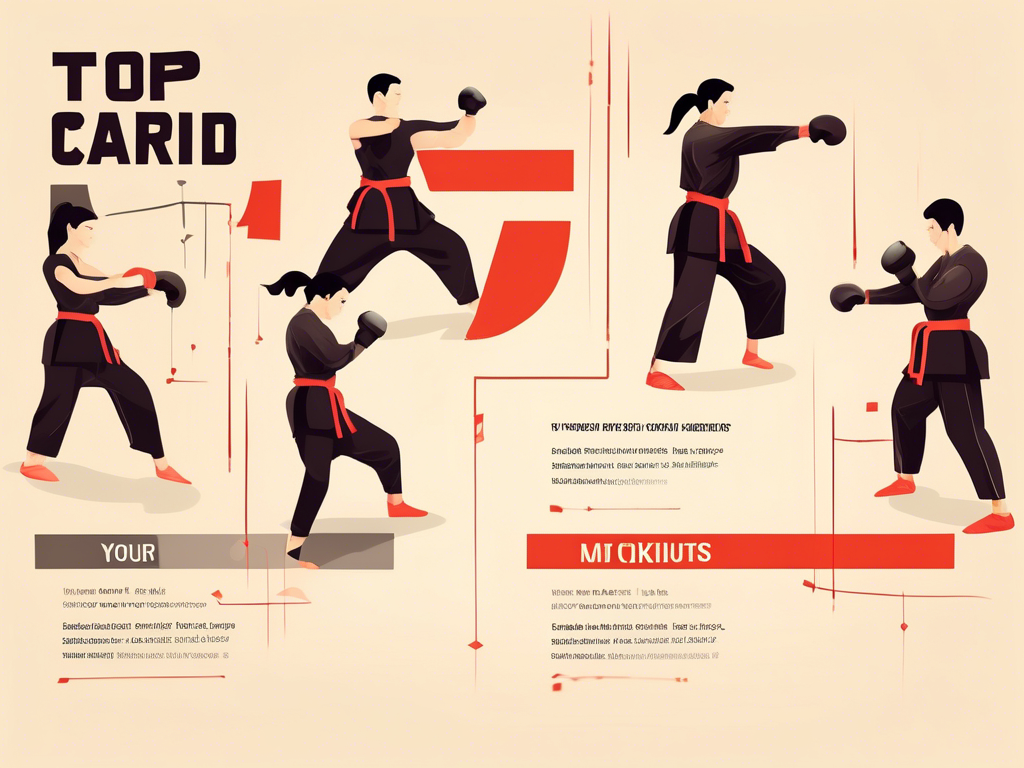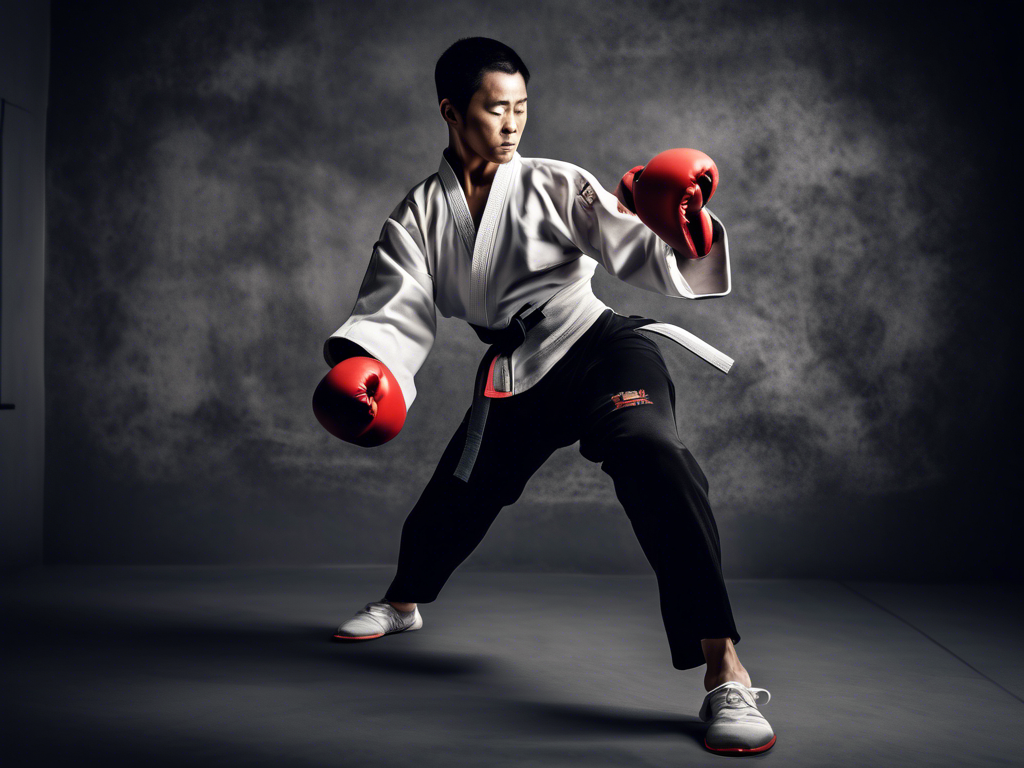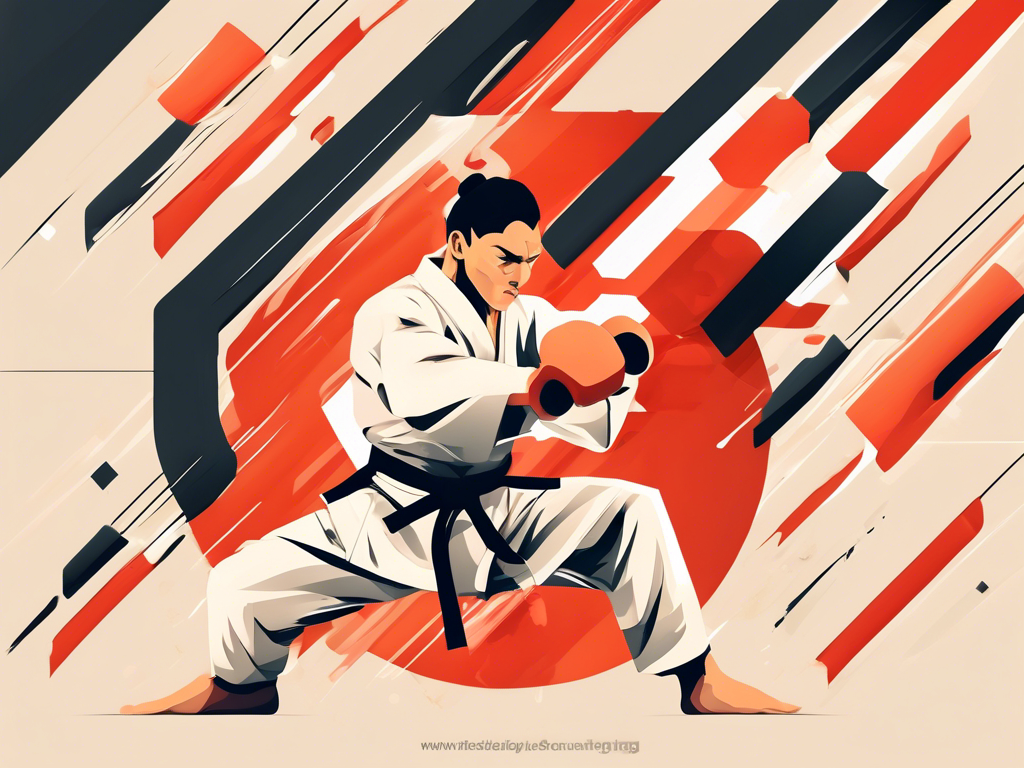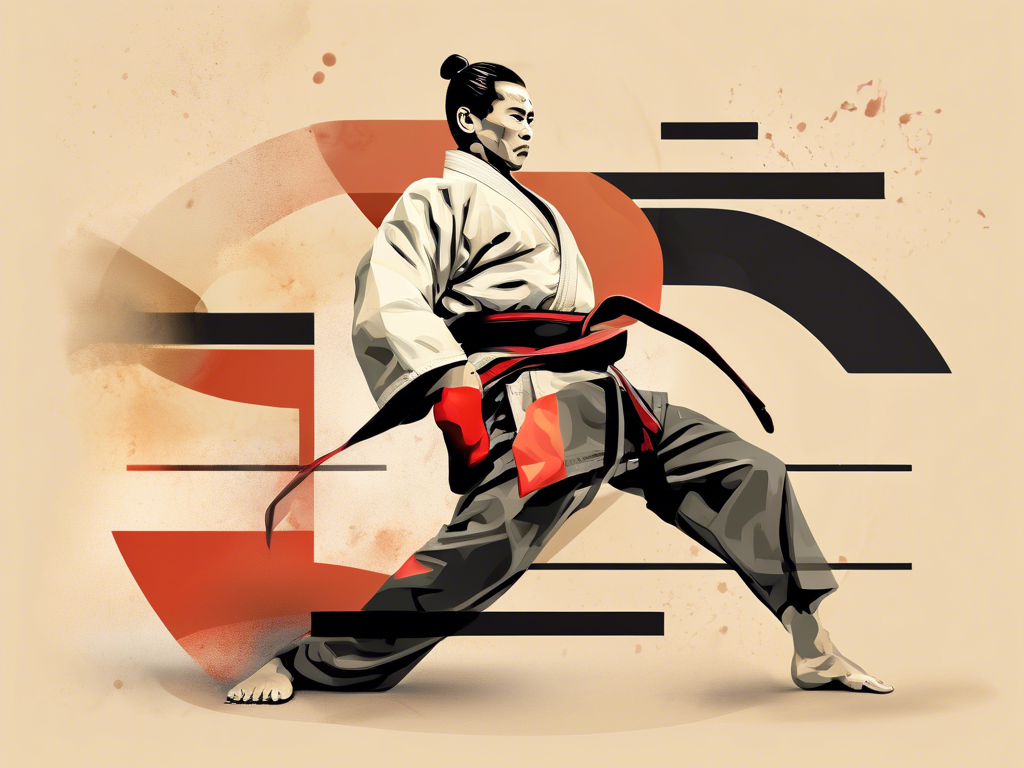What Are the Best Cardiovascular Workouts for Martial Arts?
Welcome to the ultimate guide for martial artists seeking to elevate their craft through cardiovascular training. Just as a warrior sharpens their sword, a martial artist must fine-tune their body’s engine: the heart. If you dream of delivering lightning-fast strikes, enduring grueling matches, and floating around your opponents with the grace of a gazelle, then mastering cardio is non-negotiable. The right cardiovascular workouts not only boost your stamina but also enhance every kick, punch, and block. This article cuts through the noise to bring you the top cardiovascular exercises that are key to improving speed, stamina, and overall performance in martial arts. By incorporating these workouts into your regimen, you’ll unlock a new level of fighting potential. Prepare to transform your routine and discover how optimized cardio routines elevate martial arts skillsets to new echelons.
What Are the Best Cardiovascular Workouts for Martial Arts?

High-Intensity Interval Training (HIIT)
High-Intensity Interval Training, or HIIT, stands out as an effective cardiovascular workout for martial artists. By alternating between periods of extremely high-intensity activities and short recovery times, HIIT not only boosts your aerobic capacity but also elevates your anaerobic threshold. This type of training closely mirrors the physical demands of a martial arts bout, where bursts of explosive power and speed are punctuated by moments of lower intensity, mimicking combat’s unpredictable nature. Incorporating exercises such as sprinting, jumping rope, and high knees can significantly enhance endurance, reduce reaction times, and improve overall combat readiness.
Swimming
Swimming offers a unique combination of cardiovascular conditioning and resistance training due to the natural resistance provided by water. For martial artists, this means an excellent opportunity to build endurance and strength simultaneously without adding unnecessary stress on the joints. The rhythmic nature of swimming and the need to control one’s breathing under different circumstances can also translate well into better breath control and calmness in the heat of a match. Engaging in various swimming strokes ensures a full-body workout, targeting muscles that are crucial for punches, kicks, and grappling techniques, thereby providing a holistic approach to enhancing martial arts skills.
Boost Your Martial Arts Performance: Best Cardio Exercises Revealed

Running and Sprinting
Running and sprinting are foundational cardiovascular exercises that offer profound benefits for martial artists. Regular long-distance running enhances overall stamina and cardiovascular health, enabling fighters to maintain high energy levels throughout prolonged training sessions or competitions. Sprinting, on the other hand, improves explosive speed and power, essential for quick footwork and rapid strikes in martial arts combat. The simplicity of running and sprinting allows them to be easily incorporated into any training regimen, requiring no equipment other than a good pair of running shoes. By varying pace, distance, and terrain, martial artists can simulate the dynamic intensity experienced during a fight, increasing both mental and physical endurance.
Cycling
Cycling stands out as another excellent cardiovascular workout that can significantly benefit martial artists by enhancing lower body strength, endurance, and cardiovascular efficiency. Whether on a stationary bike or hitting the road, cycling promotes leg power critical for strong kicks and swift movements within the ring or dojo. It’s also low-impact, making it an ideal choice for recovery days or for athletes looking to lessen the strain on their joints compared to running. Intervals of intense pedaling followed by periods of active recovery directly correlate with martial arts’ energetic bursts of activity, providing an effective way to improve heart health while simultaneously working on vital aspects of martial arts performance.
Unleash Your Fighting Potential with These Cardiovascular Routines

Jump Rope: A Fighter’s Cardio
Jumping rope is not just a childhood pastime but a supreme cardiovascular workout that offers myriad benefits for martial artists. This deceptively simple exercise enhances agility, timing, and rhythm, all of which are essential components in the ring. Moreover, it significantly improves footwork, a critical skill in maneuvering and creating advantageous positions against opponents. The constant motion demands high endurance levels, effectively boosting cardiovascular health while simulating the rapid movements and quick changes in direction characteristic of martial arts combat. By incorporating varied patterns and speeds, fighters can challenge their coordination and stamina, making jump rope an invaluable tool for any martial artist’s training arsenal.
Shadow Boxing: The Art of Combat without the Opponent
Shadow boxing goes beyond mere practice; it’s an effective cardiovascular routine that sharpens technique while building stamina. By executing fight combinations against an imaginary opponent, martial artists engage both their minds and bodies, enhancing muscle memory, speed, and precision. It’s a full-body workout that promotes weight loss, increases heart rate, and improves oxygen consumption, closely mirroring the physical demands of an actual fight. Additionally, shadow boxing allows for the exploration of new techniques and combinations in a low-risk environment, encouraging creativity and strategic thinking. This form of training not only prepares the body for the rigors of combat but also sharpens the mind, enabling martial artists to think and react more swiftly during real confrontations.
Elevate Your Martial Arts Game with Optimized Cardio Workouts

Tabata Training: Explosive and Efficient
Tabata training is a form of high-intensity interval training that consists of 20 seconds of ultra-intense exercise followed by 10 seconds of rest, repeated for four minutes (8 rounds in total). This method is incredibly effective for martial artists looking to improve their explosive power and cardiovascular endurance in a short amount of time. The intense bursts of activity in Tabata closely resemble the quick, explosive movements required during martial arts competitions, making it an excellent way to simulate combat scenarios. Whether it’s executing rapid-fire punches, swift kicks, or practicing defensive maneuvers, Tabata can be tailored to enhance both the physical and mental aspects of martial arts, leading to improved performance both in the dojo and in competition.
Rowing: Comprehensive Conditioning
Rowing is an often overlooked cardio workout that offers exceptional benefits for martial artists. Unlike many traditional cardio exercises, rowing provides a low-impact, full-body workout that enhances cardiovascular fitness, strengthens the muscles used in punches and kicks, and improves endurance. The rhythmic nature of rowing mirrors the flow of martial arts, encouraging practitioners to maintain a steady pace while focusing on the synchronization of their movements. Additionally, the resistance component of rowing helps build a strong core, essential for maintaining balance and stability during combat. Integrating rowing into a martial arts training regimen ensures a comprehensive approach to conditioning, ensuring athletes are battle-ready and capable of delivering powerful performances.
Mastering Martial Arts: Cardio Workouts for Superior Stamina and Speed

Interval Running: The Distance to Dynamism
Interval running, a variation of traditional running that incorporates short bursts of high-intensity sprints with periods of low-intensity recovery walks or jogs, is a potent cardiovascular workout for martial artists aiming to enhance their stamina and speed. This method effectively simulates the rapid shifts in intensity found in a typical martial arts fight, improving an athlete’s ability to surge aggressively before swiftly recovering, ready for the next exchange. Moreover, interval running boosts both aerobic and anaerobic fitness, crucial for sustaining energy in longer bouts and delivering explosive power in strikes and takedowns. By integrating varied terrains and inclines, martial artists can further challenge their adaptability and endurance, mirroring the unpredictable conditions of competitive environments.
Plyometric Exercises: Leaping Towards Peak Performance
Plyometric exercises are designed to increase power, speed, and coordination by enhancing the efficiency of the neuromuscular system, making them invaluable for martial artists looking to improve their overall performance. These dynamic movements, including jump squats, burpees, and lunge jumps, focus on exerting maximum force in short intervals, thereby improving explosive strength. Such training not only augments a martial artist’s ability to execute powerful kicks and punches but also significantly enhances footwork speed and agility. Plyometrics can be seamlessly woven into a martial arts cardio routine, offering a challenging yet rewarding approach to achieving superior stamina and lightning-fast movements, critical elements in outmaneuvering opponents and securing victory.
Summing up
As we’ve journeyed through the world of cardiovascular endurance and its indelible impact on martial arts, it’s clear that integrating targeted cardio workouts is pivotal for any serious practitioner. By adopting the top cardio exercises outlined, martial artists can expect to see dramatic improvements in their speed, stamina, and in-ring endurance. These workouts, when executed consistently, serve as the backbone for a well-rounded martial artist, enabling practitioners to unleash their full potential during training or competition. In elevating your martial arts prowess through enhanced cardiovascular health, you not only become a formidable opponent but also invest in your overall well-being. Now, armed with this knowledge and understanding of the power of cardiovascular training, the next step is yours to take. Step into your next session with the confidence that each drop of sweat contributes to crafting a more agile, resilient, and unstoppable martial artist. May your heart beat the drum of victory in your relentless pursuit of mastery. Embark on this journey with vigor, and remember: the heart of martial arts beats strongest in those who train it to endure beyond limits.
